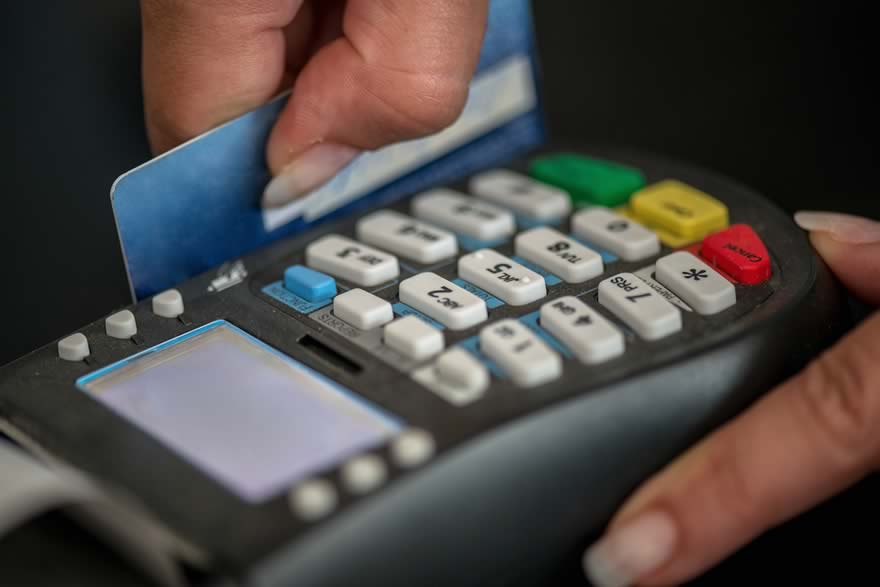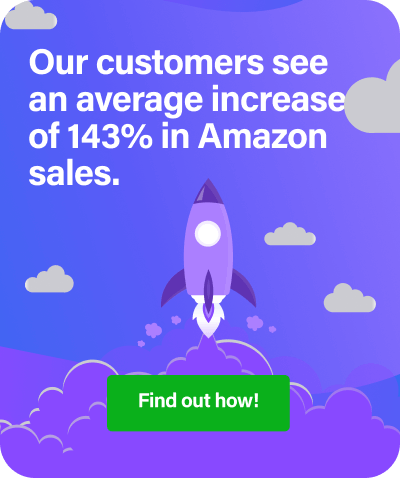Whether you’re reading this as a beginner online merchant or a seasoned third-party seller on Amazon, you’ve perhaps already had some experience with POS (point-of-sale). Heck, even if your first experience was selling lemonade at a stand outside your house as a kid, you’ve already experienced POS. It’s how, when and where a consumer pays for their products, and it’s been in existence for as long as people have been bartering goods between them. It sounds like it would be a pretty simple concept — look at a product, pay for said product — but ecommerce has completely flipped POS on its head. RepricerExpress dives in to see just what these changes have been.
Way Back in the Day: Original POS
We can roughly divide POS’s lifespan into two general periods: before computers and with computers. Both are exactly how they sound, and the date at which we can mark this is August 1973, when IBM introduced mainframe computers that controlled POS via the most sophisticated software seen to date. Like any new technology, it took a bit of time to catch on, as the first two stores — the only two stores — to use the IBM 3650 and 3660 computers were Pathmark and Dillard’s in the United States.
The First Major Upgrade
In the mid-1980s, though, computer-based POS systems really started to take off, and especially rocketed upwards in popularity in the 1990s, when the Internet began to spread in use and popularity. Two guys by the name of Martin Goodman and Bob Henry developed a POS system that ran on IT Retail, courtesy of Microsoft Windows, and it marked the first shift in how POS systems were used by retailers and merchants.
Cloud-Based POS: The Modern System
At the start of the new century, software developers and retailers began to look for new ways to reconfigure POS systems, ways that would allow merchants to process transactions faster, more efficiently, and in more “locations”, or channels. Now, instead of simply having a physical cash register that would scan bar codes, retailers could take advantage of having their data stored in the Cloud, accessible from any location and free from platforms and operating systems.
This omnichannel revolution has allowed merchants and consumers everywhere to shop in a more mobile fashion, causing the retail industry to explode in all different directions and possibilities. Instead of having to abide by a brick-and-mortar store’s hours, business could be conducted at any time of the day, as long as both parties had access to a device that could connect to a store.
Problems with the Modern POS System
Everything sounds great, right? With retail now opened up in ways we couldn’t have imagined a generation ago, (e)commerce should be this rosy landscape where retail merchants list their products and reprice them accordingly, and shoppers enjoy the luxury of using any channel they’d like to buy goods from anywhere in the world.
The main problem is that each channel has developed in relative isolation to the others. This isolation has meant that there are gaps in technology across the retail board, where buyers and sellers don’t have an even experience in ecommerce. One example of this is a brick-and-mortar store not adapting the latest technology to service customers as efficiently as they could, such as uploading their catalogues onto tablets so employees can help customers everywhere in the store.
Another example is retailers not using the same design and interface on different platforms, such as their desktop and mobile views. Although they’re not an ecommerce retailer, Google is the best counterexample on how to do it right, with Chrome looking almost the same on either a desktop or smartphone, but having the browser adapted to suit each channel separately to play to each’s strengths.
Kindle Checkout — The Glue for Amazon FBA and Third Party Sellers
Recently we wrote about the possibility of Amazon offering a Kindle Checkout System to physical retailers. In the context of POS ecommerce integration, this may herald a sharp rise in the number of Amazon FBA and third party sellers as it may provide a quick route to the Amazon marketplace and over 180 million buyers. We have long been an advocate of retailers entering the online space via Amazon, since its a low risk strategy that allows those who have solid inventory channels a means of testing the water without much investment. Adding a linked checkout system to the mix will only make Amazon a more enticing marketplace for the traditional retailer.
One of the things that offline retailers need to lock down on Amazon is their pricing strategy—software like RepricerExpress will ensure they have a means of competing for the Buy Box, maintaining margins and selling at levels that are right for them. With a 15-day free trial, there’s no better time for the third party seller to increase their competitiveness.
[fusion_builder_container hundred_percent=”yes” overflow=”visible”][fusion_builder_row][fusion_builder_column type=”1_1″ background_position=”left top” background_color=”” border_size=”” border_color=”” border_style=”solid” spacing=”yes” background_image=”” background_repeat=”no-repeat” padding=”” margin_top=”0px” margin_bottom=”0px” class=”” id=”” animation_type=”” animation_speed=”0.3″ animation_direction=”left” hide_on_mobile=”no” center_content=”no” min_height=”none”][xyz-ihs snippet=”Join-Newsletter-for-more-Amazon-Tips”][/fusion_builder_column][/fusion_builder_row][/fusion_builder_container]


